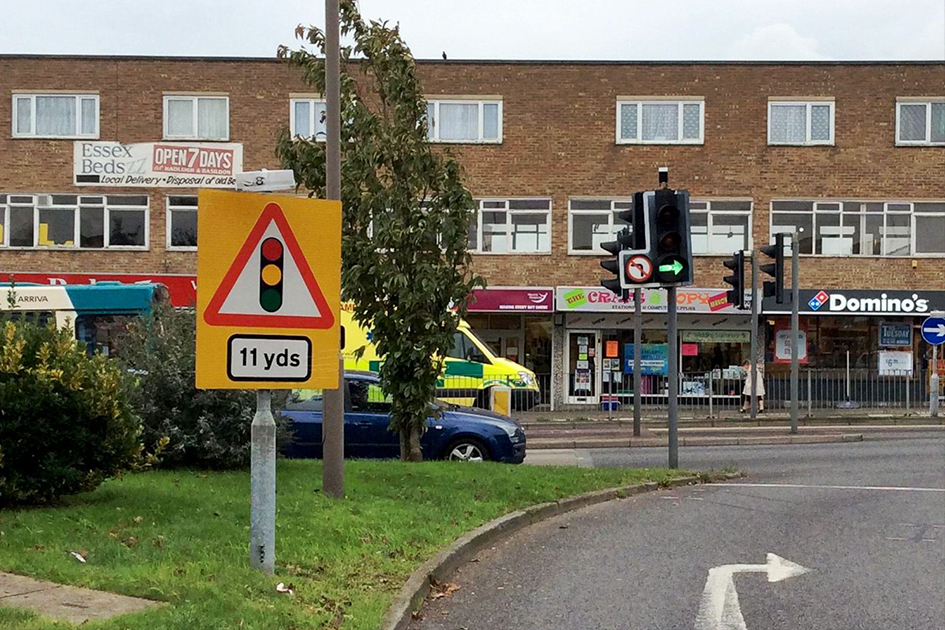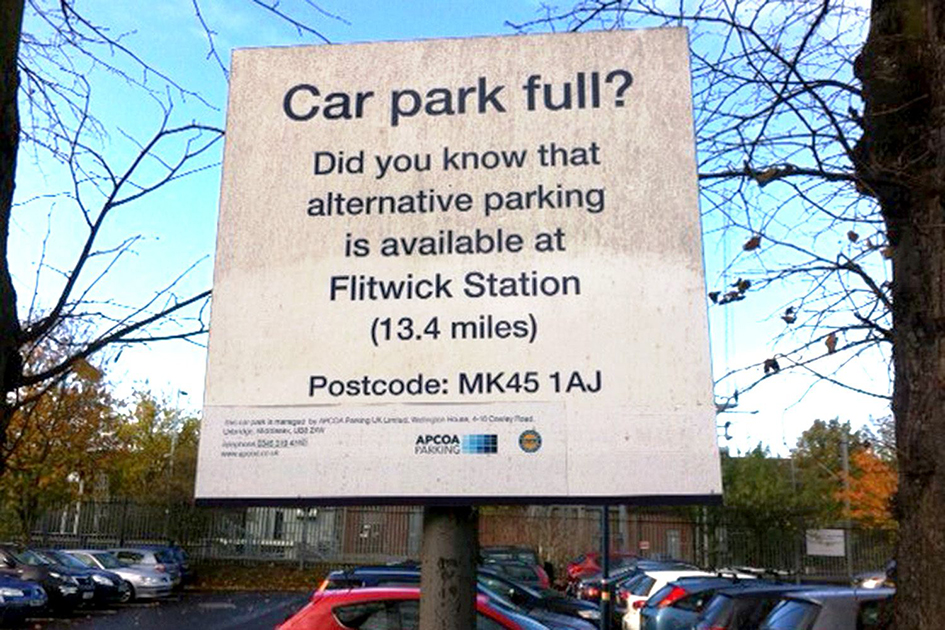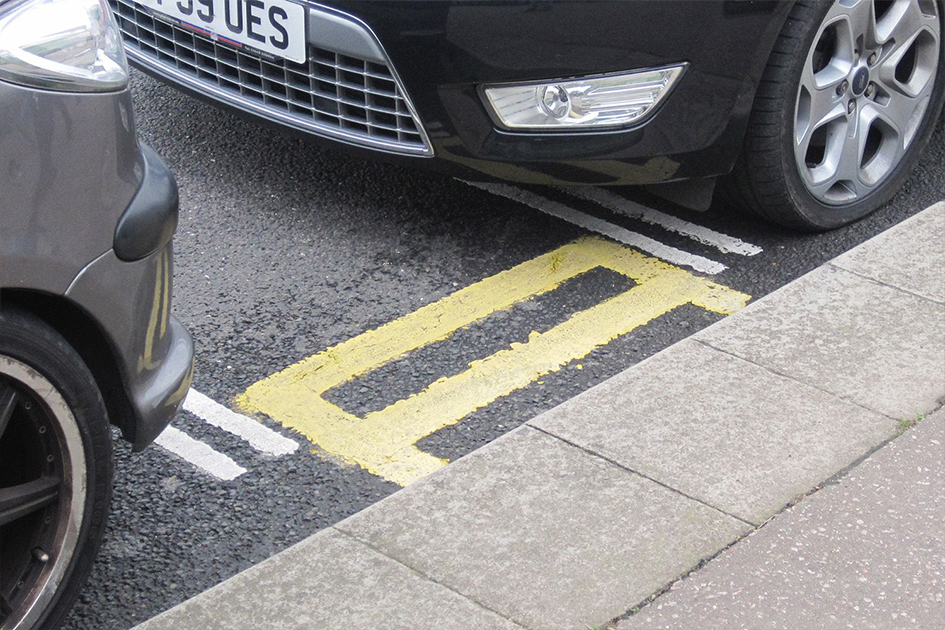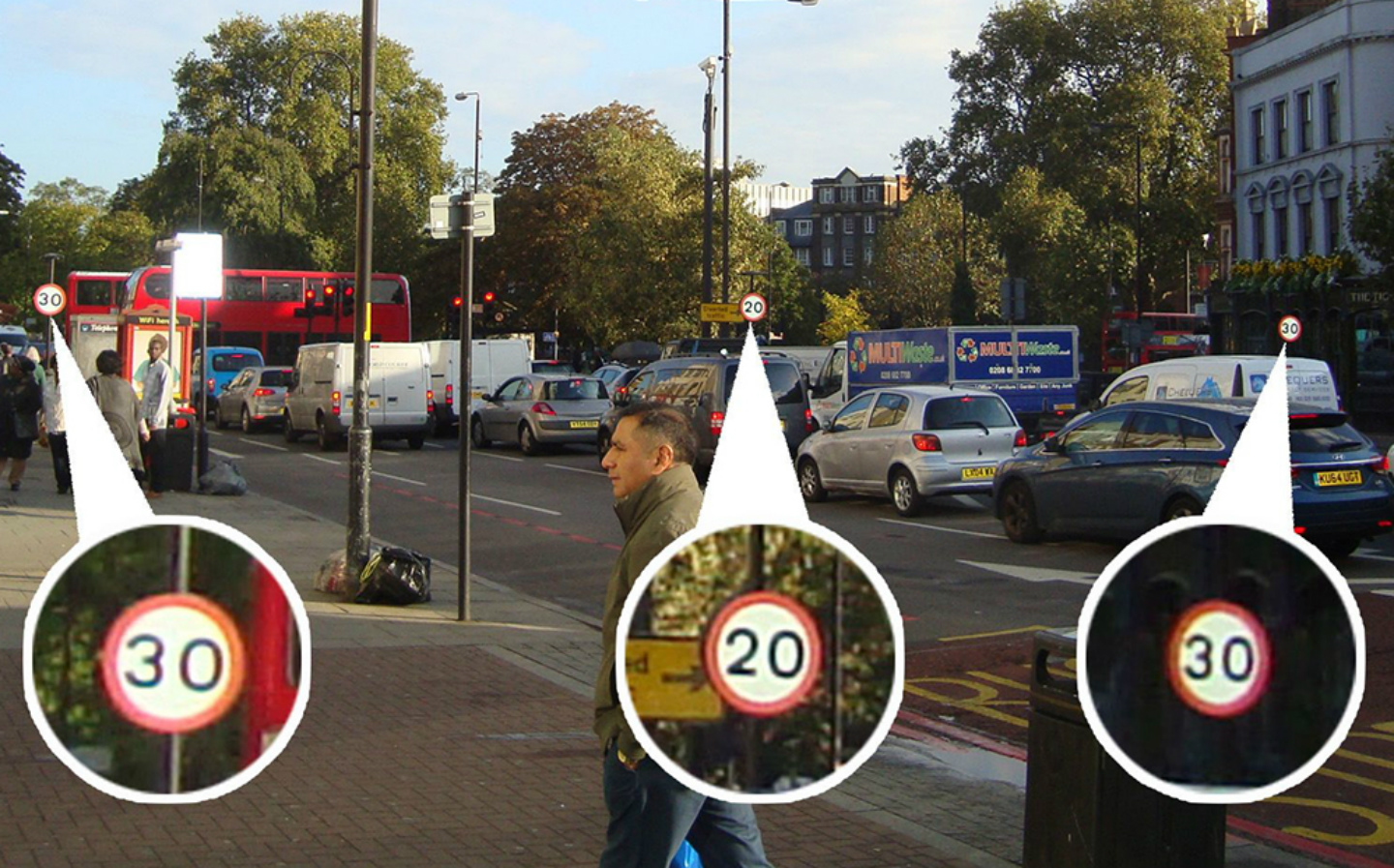Britain's worst road signs: muddling mph and other mad markings
Overzealous signage
WHERE ARE Britain’s worst road signs? This was the question we asked our readers last month — and we have been inundated with examples from across the UK.
Some of the most popular were double yellow lines that seem to apply to less than a yard of roadside. Other favourites related to confusing speed limits and nonsensical instructions.
What do the authorities say about their signage gaffes? We contacted some of the most egregious offenders and asked for an explanation. Perhaps surprisingly, many of them appeared to agree with us.
Browse NEW or USED cars for sale
Take, for example, a sign that warns of traffic lights ahead . . . just 11 yards before them. As Les Deacon, who sent us the picture, points out, any driver with eyesight bad enough to miss these traffic lights on London Road in Hadleigh, Essex, is just as likely to miss the warning sign a few feet in front of it.

“Being only 11 yards from the lights, at first glance the positioning of the sign does seem a little silly,” admits the highways liaison officer for Essex county council. “However, the lights are at the end of a bend and the sign has been placed in such a position that it is directly visible from quite some distance, while the traffic lights themselves are not.
“In this instance the sign is fulfilling a necessary role in warning drivers of traffic lights in advance of a bend that has a history of accidents — possibly caused by drivers failing to stop at the lights.” So it sounds as if the 11-yard warning sign is staying put.
Meanwhile, there’s trouble brewing in Flitwick, the small Bedfordshire town to which drivers are directed when the car park of Bedford station is full. That’s not very helpful, though, as Flitwick is more than 13 miles away — a 30-minute drive.

“Are you aware of the nefarious plans of Bedford council to flood your car parks with commuters’ cars?” we asked the head of services at Flitwick town council on behalf of our reader David Shires, who sent in the photo.
“I have alerted my contacts at both Network Rail and Central Bedfordshire council, asking that they take down the signs,” came the commendably speedy reply.
An email then arrived from the customer relations team at Thameslink Railway. “Unfortunately, we do not operate the station car parks; these are independently run by APCOA.”
The car park operator has yet to make a comment, but if Flitwick drivers start having difficulty finding parking spaces, at least they’ll know why.
No such luck for drivers confused by contradictory speed signs on a short stretch of the busy A202 in Camberwell, south London. Reader John Marten sent us a photo with three speed signs plainly in view: two for 30mph and one for 20mph.
We wrote to Southwark council asking which was the correct speed limit. “I can see how the 20 and 30 signs could be confusing,” replied its group manager of road safety and community projects. “But as this road is part of the Transport for London road network and not Southwark’s, I suggest you raise the issue with them.”
We did just that, but haven’t yet had a reply.

Peter Samwell was one of many readers who sent us a shot of ludicrously short double yellow lines, in his case on Southend seafront.
“The lines are perfectly legal, albeit a waste of parking space,” says a spokesman for the council’s road safety team, with admirable candour. “Any lines are the end result of a legal process to designate parts of a road as parking areas, and to make any changes requires us to go through the process again.”
In other words, the lines are there simply because they always have been and it’s too much hassle to change them.
Search for and buy your next car on driving.co.uk





